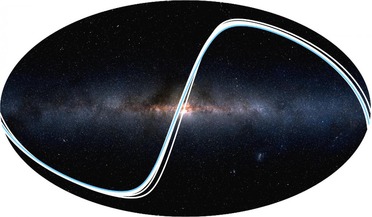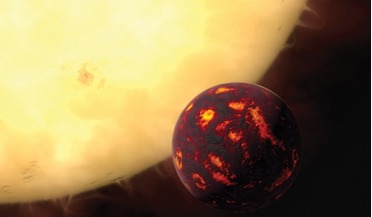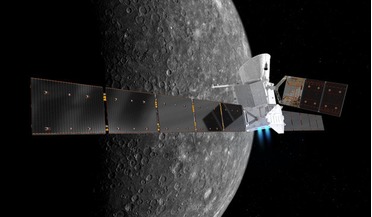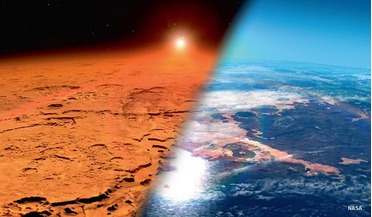 11 September 2017
Are we being watched from afar?
11 September 2017
Are we being watched from afar?
... Solar System could be seen to pass in front of the Sun. Strangely enough it was found that the smaller terrestrial planets had more of an affect on blocking out the light than our distant but more massive gas giant...
 February 2016
Is Jupiter Really Our Protective Shield?
February 2016
Is Jupiter Really Our Protective Shield?
... travel into both the depths of the outer Solar System, and the terrestrial planet region. As these objects pass the Jovian planet region, close planet/planetesimal approaches are inevitable. In the most recent, and computationally accurate, study...
 March 2017
Twinkle - a mission to unravel the story of planets in our galaxy
March 2017
Twinkle - a mission to unravel the story of planets in our galaxy
... hundreds of billions of planets in the Milky Way alone. To the gas giants, rocky terrestrial planets and ice-worlds that...background knowledge of science, history or culture. As a transiting planet makes the host star appear to twinkle, this seemed an...
 November 2018
BepiColombo – a mission to explore Mercury
November 2018
BepiColombo – a mission to explore Mercury
..., provides an insight into this ground-breaking mission. BepiColombo is Europe’s first mission to explore planet Mercury, the least explored terrestrial planet in our solar system. It is a joint project between the European Space Agency (ESA) and...
 19 October 2018
Countdown begins for the launch of BepiColombo
19 October 2018
Countdown begins for the launch of BepiColombo
... as high as +430 degrees celsius (806 Fahrenheit). It is clear then, why this planet is so intriguing to study and why, to date, Mercury has remained the least explored terrestrial planet of the Solar System; its proximity to the Sun. It is not just...
 December 2014
MAVEN and the evolution of Mars
December 2014
MAVEN and the evolution of Mars
... and size, and possibly planetary magnetic field, can greatly alter the fate of a terrestrial planet. The extrasolar planetary systems harbouring terrestrial planets that are now observed in ever greater numbers are by no means guaranteed to contain...